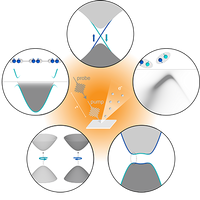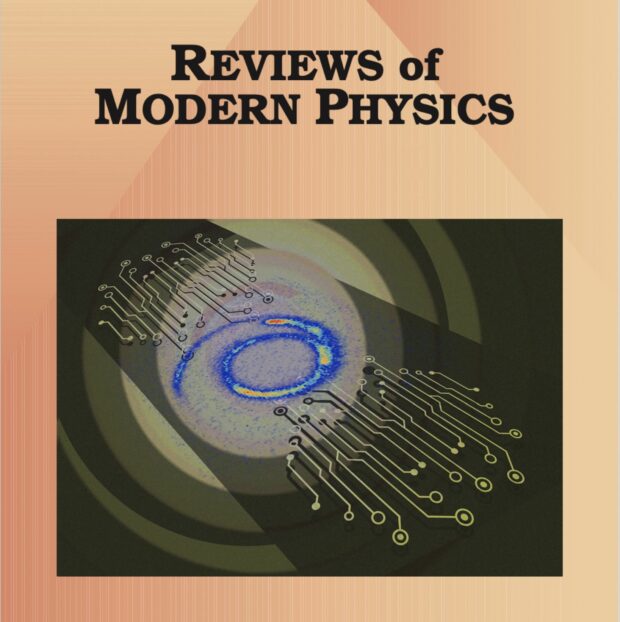量子材料的时间分辨 ARPES 研究
IF 44.8
1区 物理与天体物理
Q1 PHYSICS, MULTIDISCIPLINARY
引用次数: 0
摘要
角度分辨光发射光谱(ARPES)对固体中价电子的结合能和动量都非常敏感,因此能为量子材料的电子结构提供无与伦比的洞察力。在过去的二十年里,飞秒激光的出现将 ARPES 技术带入了时域,飞秒激光可以发出超短的相干光脉冲。目前,时间分辨 ARPES(TR-ARPES)可以探测超快电子动力学和失衡电子结构,提供传统 ARPES 实验无法获得的大量信息。本综述首先介绍了 TR-ARPES 的理论基础,然后介绍了最新超快源和光学激发方案的最新进展。然后回顾了 TR-ARPES 迄今为止研究的典型现象,如失衡电子态及其自旋动力学、Floquet-Volkov 态、光诱导相变、电子-声子耦合和表面光电压效应。每一部分都重点介绍了不同类别量子材料的 TR-ARPES 数据,包括半导体、电荷有序系统、拓扑材料、激子绝缘体、范德华材料和非常规超导体。这些例子表明,TR-ARPES 在揭示量子材料复杂的动力学特性方面发挥了关键作用。结论概述了未来可能的发展方向和机遇。本文章由计算机程序翻译,如有差异,请以英文原文为准。

Time-resolved ARPES studies of quantum materials
Angle-resolved photoemission spectroscopy (ARPES), with its exceptional sensitivity to both the binding energy and the momentum of valence electrons in solids, provides unparalleled insight into the electronic structure of quantum materials. Over the past two decades, the advent of femtosecond lasers, which can deliver ultrashort and coherent light pulses, has ushered the ARPES technique into the time domain. Currently time-resolved ARPES (TR-ARPES) can probe ultrafast electron dynamics and the out-of-equilibrium electronic structure, providing a wealth of information that is otherwise unattainable in conventional ARPES experiments. This review begins with an introduction to the theoretical underpinnings of TR-ARPES followed by a description of recent advances in state-of-the-art ultrafast sources and optical excitation schemes. It then reviews paradigmatic phenomena investigated by TR-ARPES thus far, such as out-of-equilibrium electronic states and their spin dynamics, Floquet-Volkov states, photoinduced phase transitions, electron-phonon coupling, and surface photovoltage effects. Each section highlights TR-ARPES data from diverse classes of quantum materials, including semiconductors, charge-ordered systems, topological materials, excitonic insulators, Van der Waals materials, and unconventional superconductors. These examples demonstrate how TR-ARPES has played a critical role in unraveling the complex dynamical properties of quantum materials. The conclusion outlines possible future directions and opportunities.
求助全文
通过发布文献求助,成功后即可免费获取论文全文。
去求助
来源期刊

Reviews of Modern Physics
物理-物理:综合
CiteScore
76.20
自引率
0.70%
发文量
30
期刊介绍:
Reviews of Modern Physics (RMP) stands as the world's foremost physics review journal and is the most extensively cited publication within the Physical Review collection. Authored by leading international researchers, RMP's comprehensive essays offer exceptional coverage of a topic, providing context and background for contemporary research trends. Since 1929, RMP has served as an unparalleled platform for authoritative review papers across all physics domains. The journal publishes two types of essays: Reviews and Colloquia. Review articles deliver the present state of a given topic, including historical context, a critical synthesis of research progress, and a summary of potential future developments.
 求助内容:
求助内容: 应助结果提醒方式:
应助结果提醒方式:


